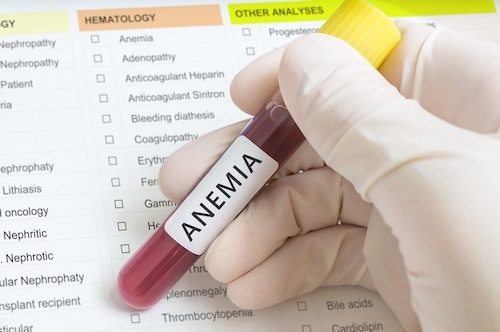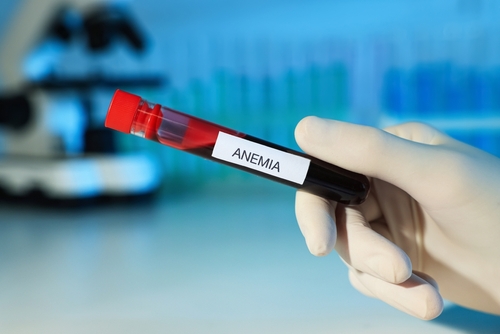
Anemia is common in patients with chronic kidney disease (CKD), and clinicians are increasingly prescribing newer therapeutic agents, such as erythropoiesis-stimulating agents (ESAs) and hypoxia-inducible factor prolyl-hydroxylase inhibitors (HIF-PHIs) for renal anemia management. However, anemia in patients with CKD has several causes that should be examined prior to treatment. Iron supplementation may be needed to optimize patient response to such agents.
Mineaki Kitamura, MD, PhD, and other researchers conducted a cross-sectional retrospective analysis of newly referred patients with stage 4 or 5 CKD at a single center in Japan to study the prevalence of iron deficiency and associated factors. They hypothesized that some patients with CKD may experience iron deficiency due to the administration of anti-renal anemia agents, especially HIF-PHIs. Their report was published in Cureus.
A total of 959 patients were referred to the authors’ nephrology department between 2018 and 2023; 397 had stage 4 or 5 CKD. All patients were >18 years old. Iron status was unavailable for 36 (3.8%) of the stage 4 or 5 CKD patients, so they were excluded from the analysis. The mean age of the included patients was 76.8 ± 12.1 years; 54% were male.
Of the 361 patients included in the study who had evaluable transferrin saturation (TSAT) and ferritin levels, 169 (47%) had iron deficiency (ferritin <100 ng/mL or ferritin 100-300 ng/mL with TSAT <20%). The estimated glomerular filtration rate (eGFR), hemoglobin level, TSAT, and median ferritin level were 17.0 ± 7.0 mL/min/1.73 m², 10.8 ± 2.1 g/dL, 27.5% ± 13.1%, and 130 ng/mL, respectively.
ESAs were prescribed to 35 (9.7%) patients, HIF-PHIs to 17 (4.7%), and iron supplements to 35 (9.4%). There were no significant differences between the iron indices of the ESA group, but the HIF-PHIs group had significantly lower serum ferritin levels than patients in the no-medication group (P=.02).
In a multivariable logistic regression analysis, the researchers found that age, female sex, eGFR, renal anemia medications, and a history of ischemic heart disease were associated with iron deficiency (P<.05). They noted that iron deficiency anemia, not just renal anemia, should receive attention in patients with renal failure, especially if they have a history of ischemic heart disease.
The authors acknowledged limitations of the study, including potential background bias and lack of data on iron status, heart failure status at first referral, and factors associated with anemia (such as B12 and folate levels). Patients on iron supplementation could be iron deficient, but reverse causality is possible because the analysis was a cross-sectional study. In some cases, nephrologists suggested iron supplementation or the prescription of ESAs and HIF-PHIs to primary physicians, so the actual prescription rate for these medicines is unknown. Finally, an observed increase in the number of new patients with stage 4 or 5 CKD in 2021 could be due to the coronavirus pandemic.
In conclusion, the authors wrote, “In the present study, nearly half of the patients presented with iron deficiency at the time of the initial presentation at the nephrology department. Medications for renal anemia had been prescribed to some of these patients at other clinics, and these patients tended to have iron deficiency. Although various agents are available for the treatment of renal anemia, iron status must be assessed before prescribing them to patients with renal failure. Iron deficiency can be linked to refractory anemia and cardiovascular diseases; thus, patients with CKD must be treated with caution.”
Source: Cureus







 © 2025 Mashup Media, LLC, a Formedics Property. All Rights Reserved.
© 2025 Mashup Media, LLC, a Formedics Property. All Rights Reserved.